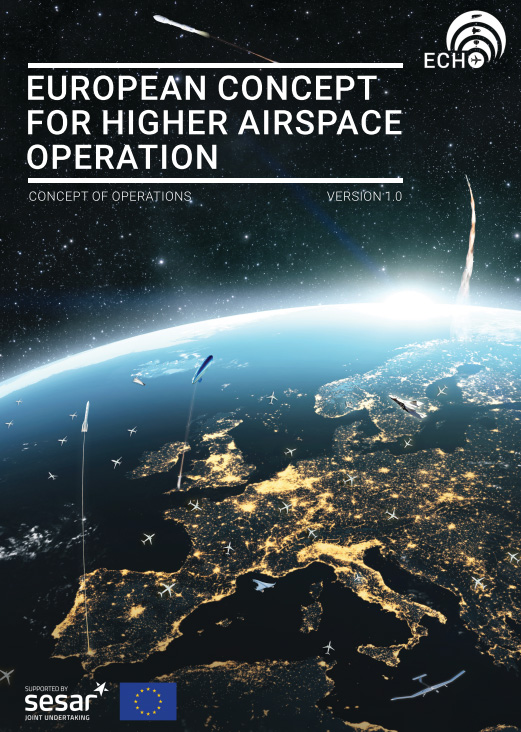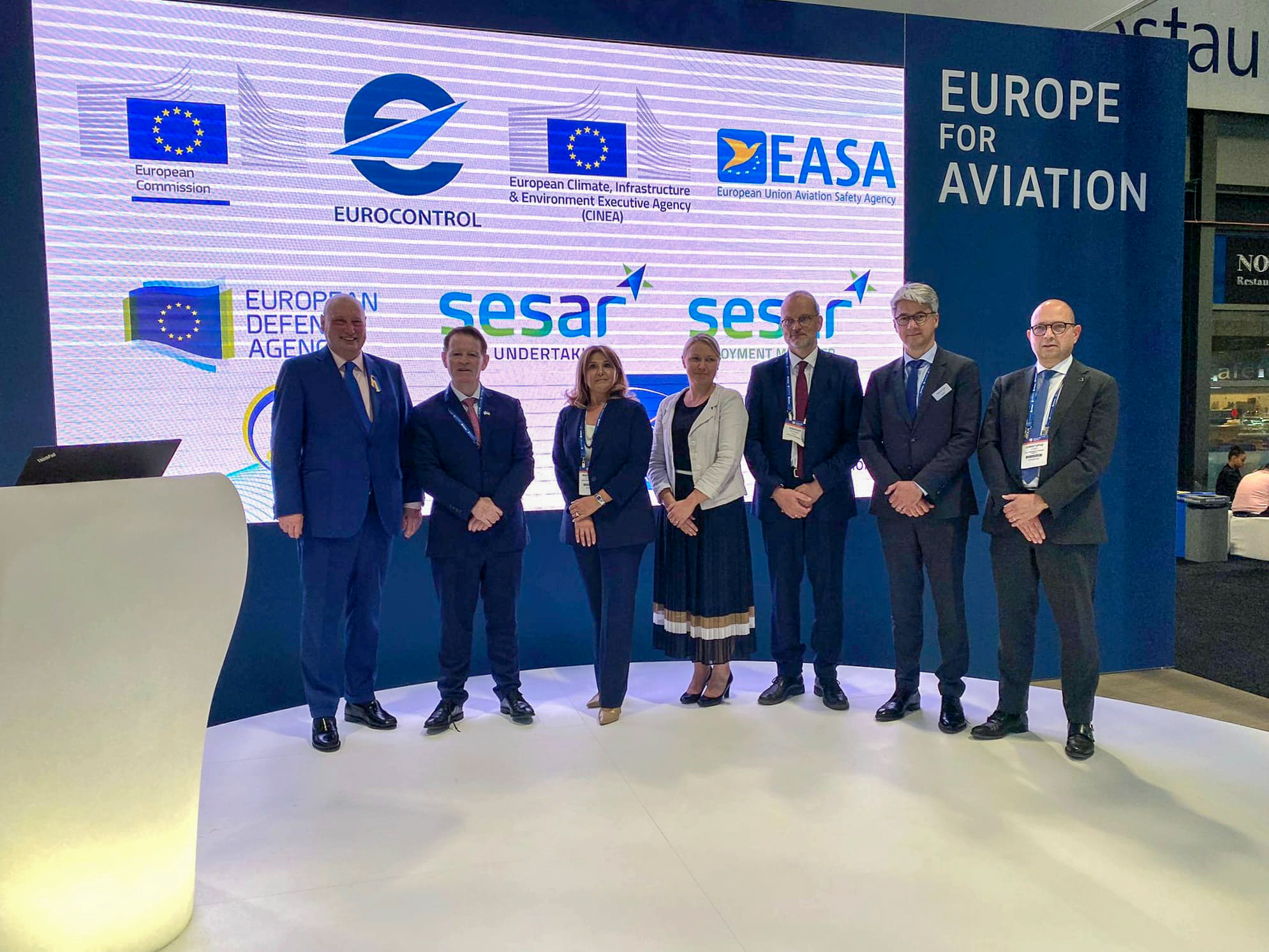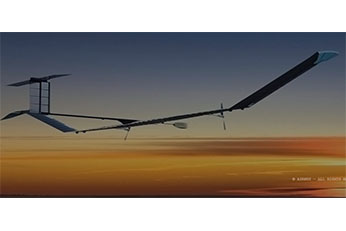A growing number of vehicles use higher airspace – the region between the airspace normally used by aircraft and the beginning of space – to deliver a range of commercial services including surveillance, broadband connectivity, supersonic and hypersonic travel, trans-atmospheric and suborbital vehicles, and military users. The mix of uncrewed, piloted, fast, and slow-movers requires a robust operational framework to ensure safe operations.
The ECHO project carried out a comprehensive demand analysis and developed a basic concept of operations (ConOps) for higher airspace to enable safe, efficient, and scalable operations above the flight levels where conventional air traffic operates. The ConOps helps to identify future infrastructure needs and allows business values in the order of billions per year to take shape. Particular attention must be given to scarce resources already managed in a cooperative manner (e.g. frequencies, transponder codes), as well as elements that are necessary for safety reasons (e.g. capabilities to monitor and mishap debris) and necessary capabilities for communications, navigation, and surveillance. As demand is expected to evolve over time, the ConOps addresses short-, medium- and long-term time frames; importantly addressing today’s operations as well as of vehicles and activities still to be developed. The project also paves the way for the economic development of innovative and commercial concepts using the higher airspace environment including system-wide information management and trajectory-based operations.
The ConOps provides the foundation for the development of a higher airspace regulatory framework by the European Union Aviation Safety Agency (EASA) and continued research into industry requirements. It represents a significant step forward towards achieving international approvals and opening up a burgeoning sector across Europe.
Benefits
- Safe higher airspace operations
- Informs global performance-based regulation
- Supports innovative and commercial concepts








